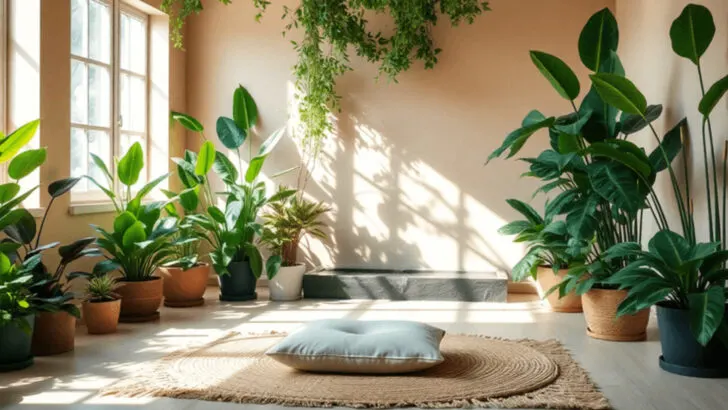There’s a reason so many of us turn to plants when life feels overwhelming. At Plantisima, we’ve seen how simply adding a little greenery can shift the entire mood of a room—and even a person. The connection between plants and emotional well-being isn’t just aesthetic—it’s scientifically backed and deeply human.
In this article, we explore 19 proven ways that living with more plants can lift your spirits, lower stress, sharpen focus, and even help you feel more connected to your space. Whether it’s a leafy corner in your living room or a jungle-style bathroom, every plant plays a role in creating emotional balance.
To our Plantisima readers who treat plant care as self-care—this one’s for you. Let’s dig into the feel-good power of greenery, and why your home isn’t just prettier with plants… it’s happier too.
Enhanced Air Quality

Plants like snake plants and peace lilies act as natural air purifiers, absorbing toxins and releasing fresh oxygen. Imagine the relief of coming home to an environment that feels as crisp and refreshing as a morning in the woods. With each breath, you take in cleaner air, which can help reduce stress and improve cognitive function.
Having a variety of plants in your space doesn’t just beautify your surroundings; it creates a healthier atmosphere. It’s not just about aesthetics—it’s about creating a sanctuary where you can breathe easy and think clearly.
Stress Reduction

The gentle presence of greenery can act as a buffer against stress. Studies have shown that spending time in green spaces can lower cortisol levels and boost mood. Picture yourself in a hammock, surrounded by trees, feeling the palpable drop in tension as you unwind.
It’s not just the visual appeal; the subtle sounds and fresh scents amplify this calming effect. As you immerse yourself in nature, worries seem to fade, replaced by a profound sense of peace.
Creativity Boost
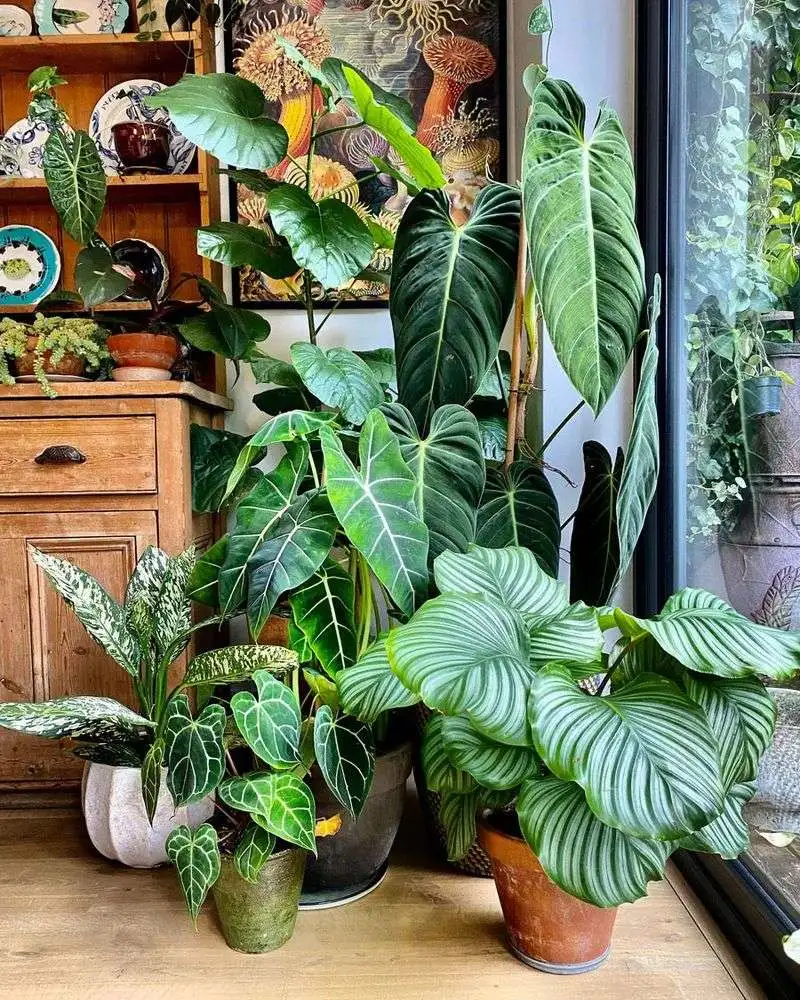
Surrounding yourself with plants can inspire creativity. The vivid colors and natural forms offer endless inspiration for artists, writers, and anyone in need of a creative spark. Imagine the muse-like quality of a verdant workspace, where each glance at a leaf or flower might lead to your next big idea.
Nature’s diversity invites us to think differently and approach problems with fresh perspectives. By integrating greenery into your work environment, you invite an atmosphere where imagination thrives.
Improved Concentration
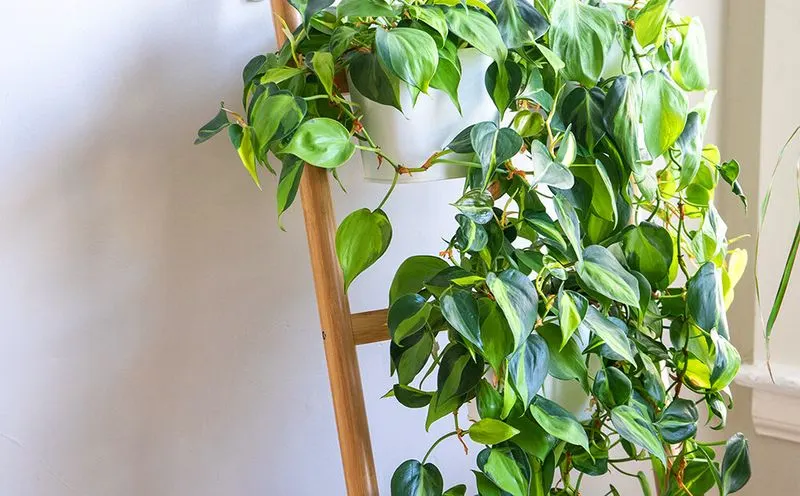
Greenery has been linked to better focus and concentration. In offices adorned with plants, employees often exhibit enhanced productivity and decreased fatigue. Picture a workday where distractions are minimized, and you’re in a state of flow, thanks to the serene presence of nature.
Plants can serve as a gentle reminder of growth and resilience, encouraging a focused and determined mindset. This quiet companionship nurtures your ability to concentrate, making tasks feel less daunting and more achievable.
Mental Health Support
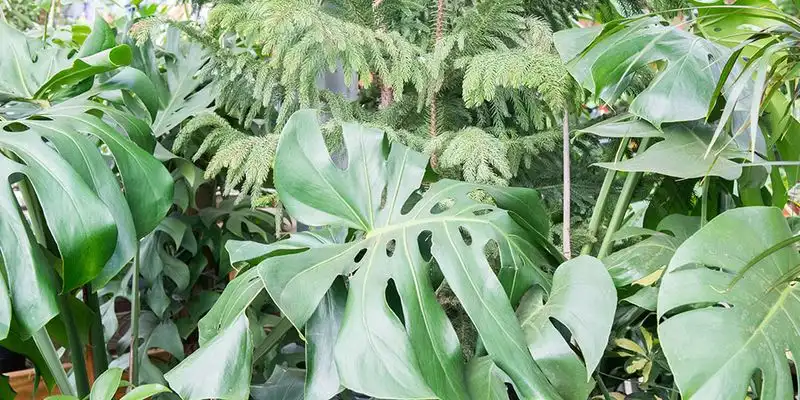
Engaging with plants can significantly support mental health. Whether it’s through gardening or simply spending time with your green companions, plants offer therapeutic benefits. Picture a balcony garden, where the act of caring for plants becomes a mindfulness practice, helping to alleviate anxiety and depression.
Gardening provides a sense of accomplishment and purpose, fostering a connection with nature that can be profoundly healing. Each plant becomes a testament to resilience and hope, nurturing a positive outlook on life.
Enhanced Mood
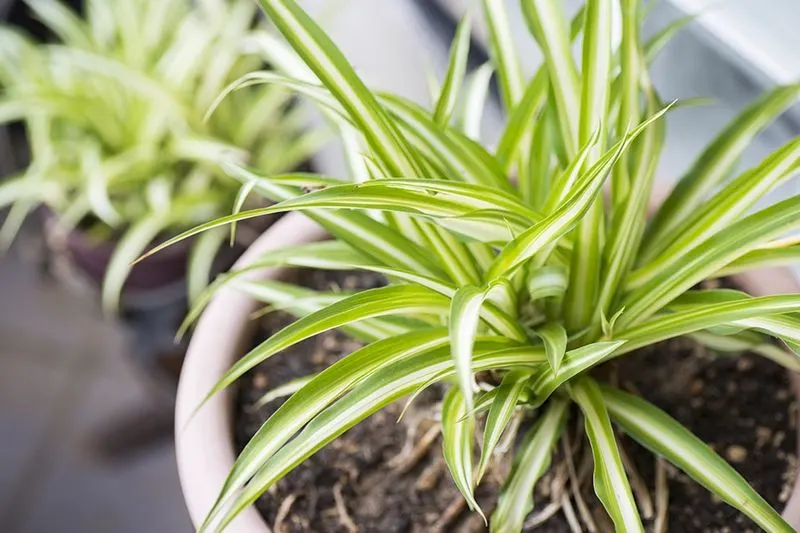
The presence of plants can lift spirits and create a joyful atmosphere. Imagine a home filled with vibrant greenery, where every corner holds a piece of nature’s art. The simple act of seeing a blooming flower or a thriving fern can evoke feelings of happiness and contentment.
Plants remind us of life’s beauty, encouraging a positive and cheerful demeanor. This sense of well-being permeates through interactions, making social gatherings warm and inviting.
Better Sleep Quality
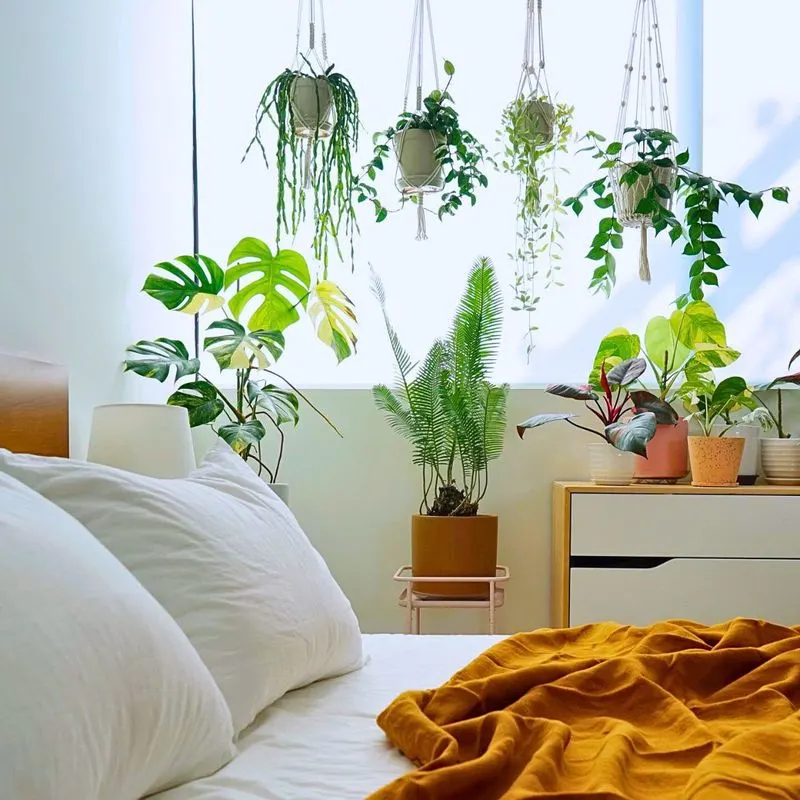
Certain plants, like lavender and jasmine, are known to improve sleep quality by promoting relaxation. Envision falling asleep in a room scented with calming floral aromas, ensuring a restful night. The presence of these plants can reduce nighttime anxiety and improve overall sleep patterns.
Creating a plant-filled sanctuary in your bedroom can lead to more restorative rest, preparing you for the challenges of the day ahead. The blend of soothing scents and serene visuals creates an ideal environment for deep slumber.
Social Connection

Green spaces can foster community and connection. Community gardens are where friendships blossom, as individuals come together to cultivate not just plants, but relationships. Envision a shared space where knowledge is exchanged, laughter is shared, and bonds are strengthened.
Gardening together creates a sense of belonging and unity, offering opportunities for collaboration and mutual support. Through these interactions, communities grow more vibrant and connected.
Physical Health
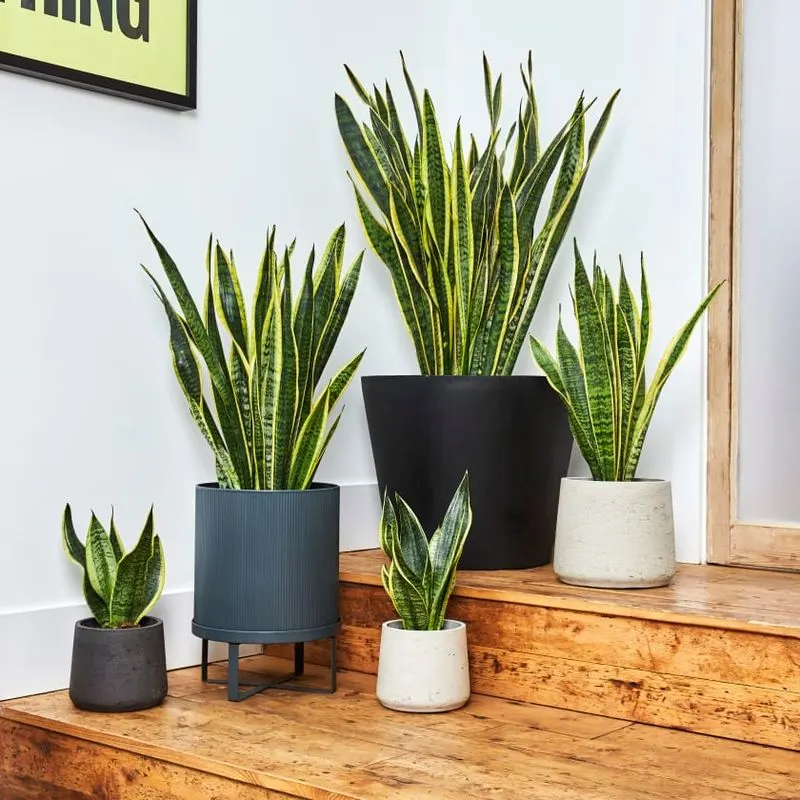
Access to green spaces encourages physical activity, which is vital for maintaining good health. Parks and gardens invite people to engage in exercises like jogging, yoga, or simply walking. Visualize a lively park where activities abound, each movement contributing to stronger bodies and healthier lifestyles.
The appeal of the outdoors motivates us to leave our screens behind, fostering habits that improve physical well-being. Greenery serves as a catalyst for movement, inspiring a more active and engaged life.
Increased Productivity
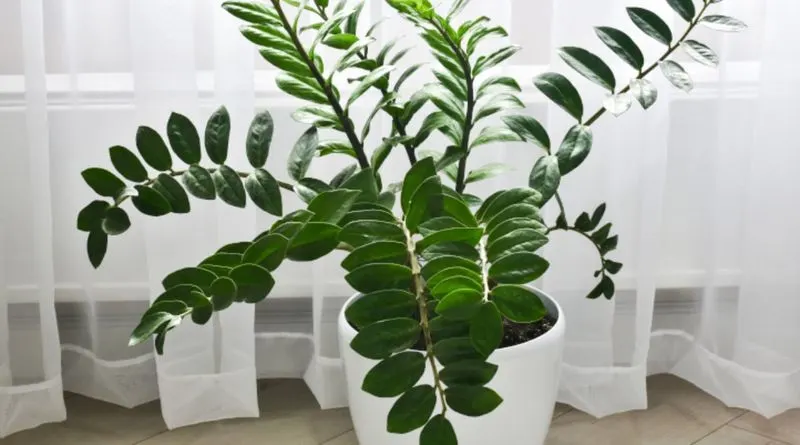
Introducing plants into workspaces can lead to significant productivity gains. Studies have found that green-infused environments boost efficiency and morale. Imagine an office where the hustle is balanced by the calm of flourishing plants, leading to higher satisfaction and output.
The presence of nature within an office setting can inspire and invigorate, turning mundane tasks into more enjoyable endeavors. This harmonious balance between work and nature cultivates a thriving professional atmosphere.
Environmental Benefits
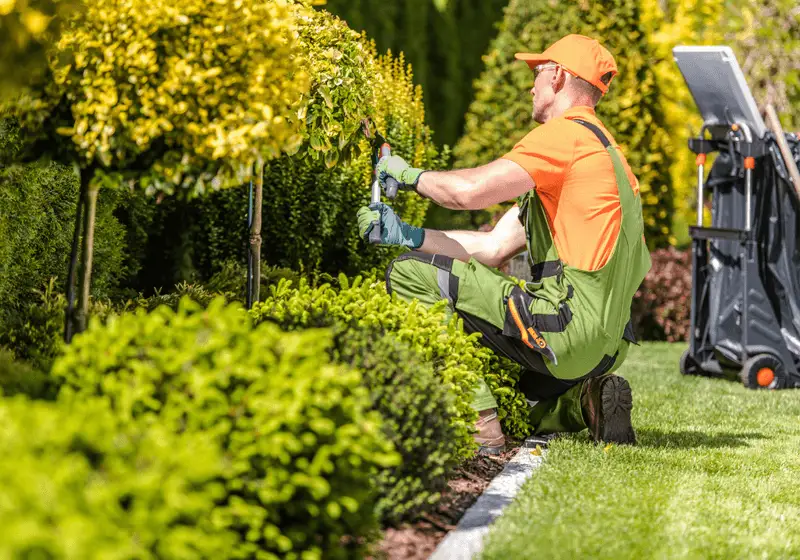
Greenery plays a significant role in supporting the environment by reducing urban heat, promoting biodiversity, and improving air quality. Picture a rooftop garden that not only beautifies the skyline but also contributes to a healthier ecosystem.
As cities expand, the need for sustainable green spaces becomes more crucial. These areas provide habitats for wildlife and help mitigate climate change, proving that every plant counts in the effort to protect our planet.
Improved Aesthetics
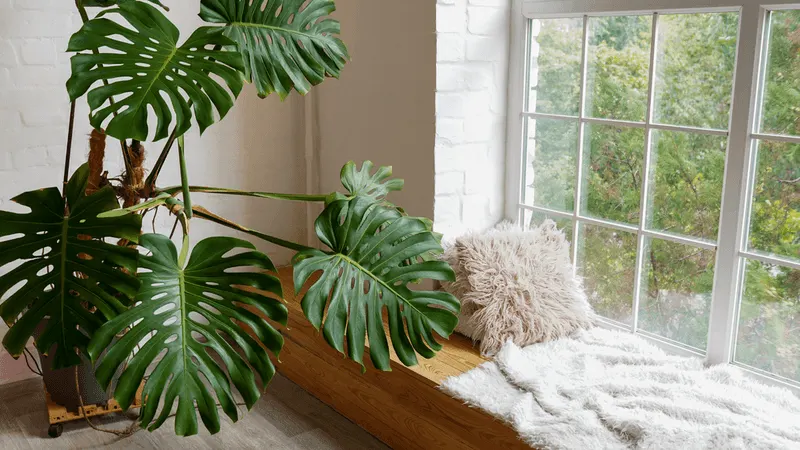
Plants dramatically enhance the visual appeal of any space. A room adorned with a variety of greenery feels more inviting and aesthetically pleasing. Envision a living area where the elegance of nature complements the modern design, creating a harmonious and stylish environment.
The organic shapes and vibrant colors of plants add a unique charm, transforming mundane spaces into delightful retreats. This aesthetic upgrade contributes to a more relaxed and welcoming atmosphere.
Educational Opportunities
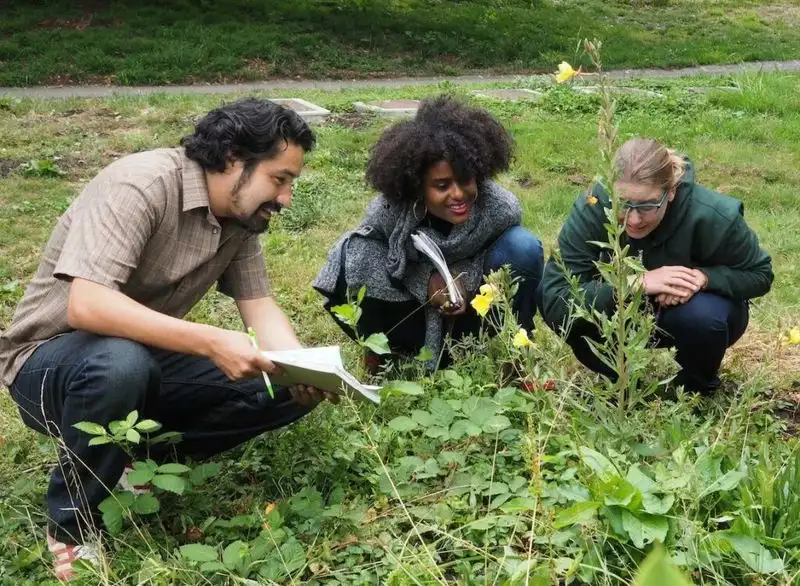
Gardening offers rich educational experiences, particularly for children. Imagine a school garden where students learn about plant life cycles, ecosystems, and sustainability firsthand. These interactions with nature spark curiosity and provide practical knowledge that textbooks cannot.
Such hands-on learning fosters environmental stewardship and a deeper appreciation for the natural world. By cultivating curiosity and responsibility, gardening becomes an invaluable educational tool.
Resilience and Adaptability
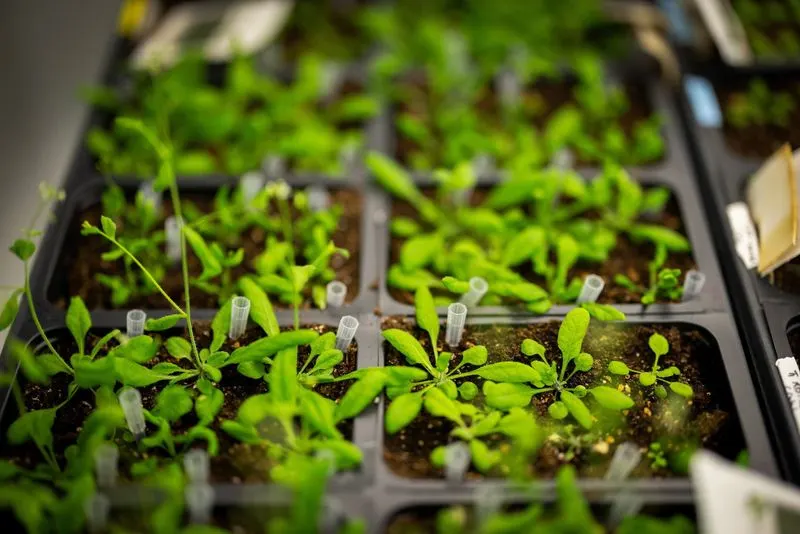
Plants teach valuable lessons in resilience and adaptability. Consider a balcony garden thriving against the odds, showcasing the power of perseverance. Each plant’s ability to adapt to its environment inspires us to handle life’s challenges with similar strength.
Gardening encourages patience and persistence, reminding us that growth takes time, and setbacks are natural. These lessons extend beyond the garden, influencing our personal and professional lives positively.
Personal Growth
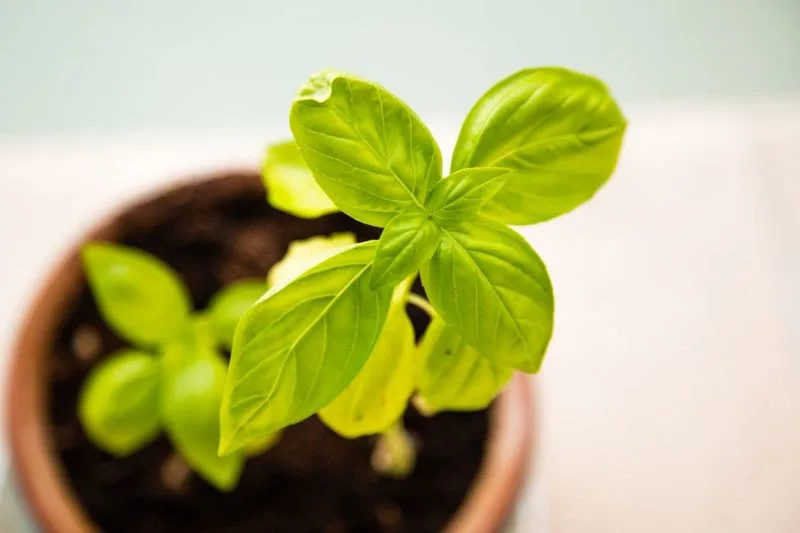
Caring for plants can mirror personal growth journeys. Envision an individual tending to a garden, each plant reflecting stages of self-improvement. The process of nurturing life encourages introspection and self-discovery.
Growth in the garden parallels personal development, where patience and attention lead to flourishing results. This connection to nature facilitates a deeper understanding of oneself and one’s aspirations.
Seasonal Awareness
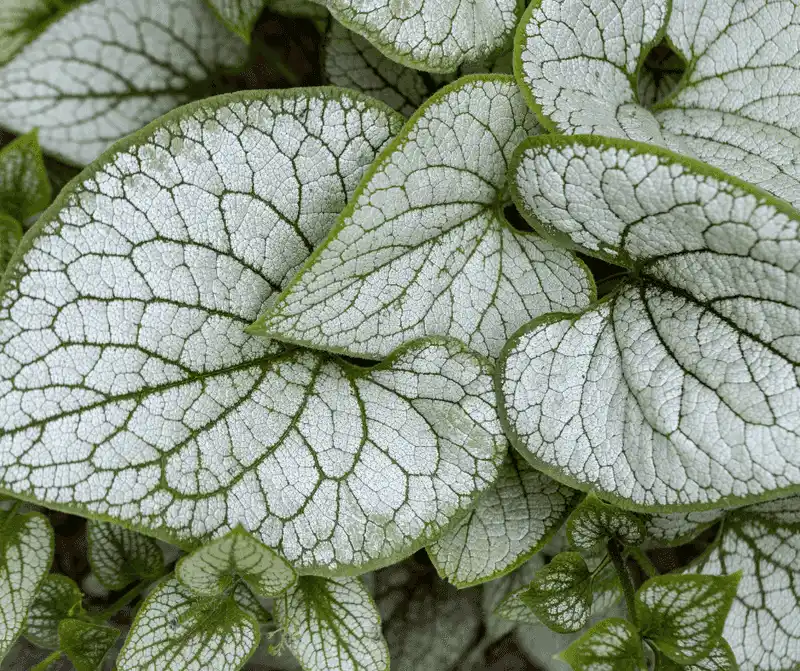
Plants connect us to the rhythm of the seasons, enhancing our awareness of nature’s cycles. Imagine a garden that transforms with each season, offering a visual and sensory celebration of nature’s diversity.
This awareness fosters a deeper appreciation for the nuances of each time of year, encouraging us to live in harmony with nature’s tempo. The changing landscape serves as a gentle reminder of life’s ebb and flow.
Mindfulness and Presence
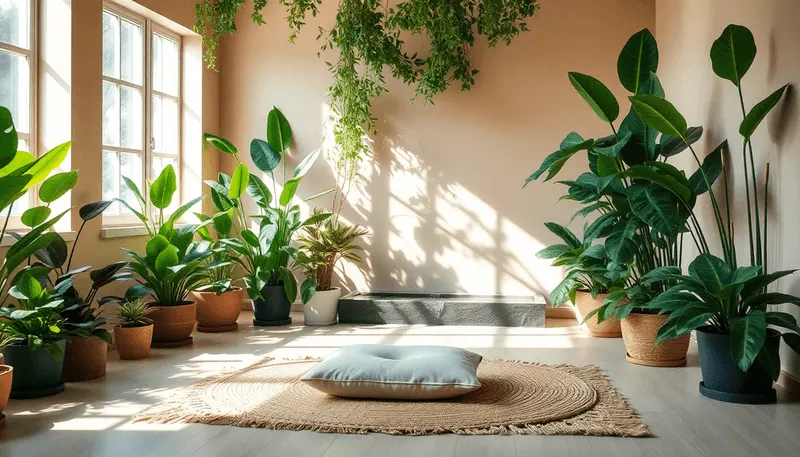
Greenery invites mindfulness by encouraging us to live in the present moment. Picture a serene corner adorned with soothing plants and a calming water feature, offering a retreat from life’s chaos.
Tending to plants or simply being among them slows down our pace, allowing us to notice the subtle beauty around us. This practice of mindfulness nurtures mental clarity and emotional well-being.
Connection to Nature
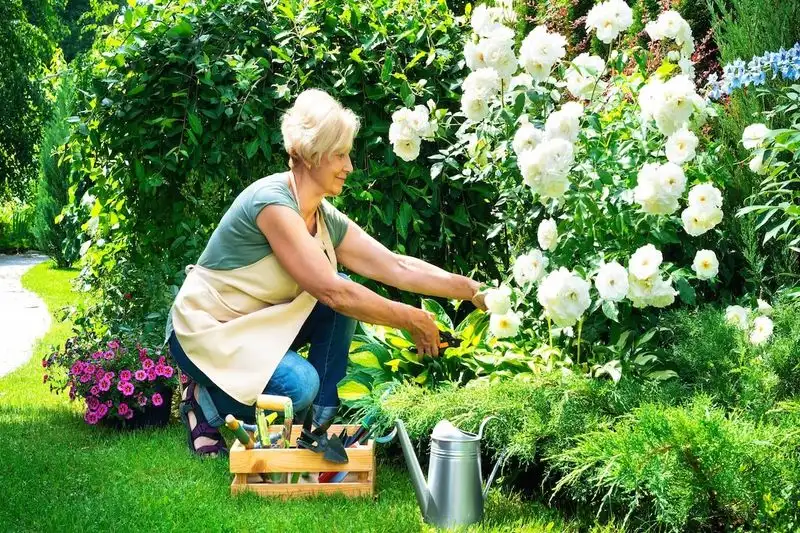
Plants serve as a conduit to nature, grounding us in the natural world. Visualize a hiking trail abundant with diverse flora, inviting exploration and connection with the earth.
Being surrounded by greenery fosters a sense of belonging to something larger than ourselves. This connection to nature enriches our lives, providing comfort and perspective.

